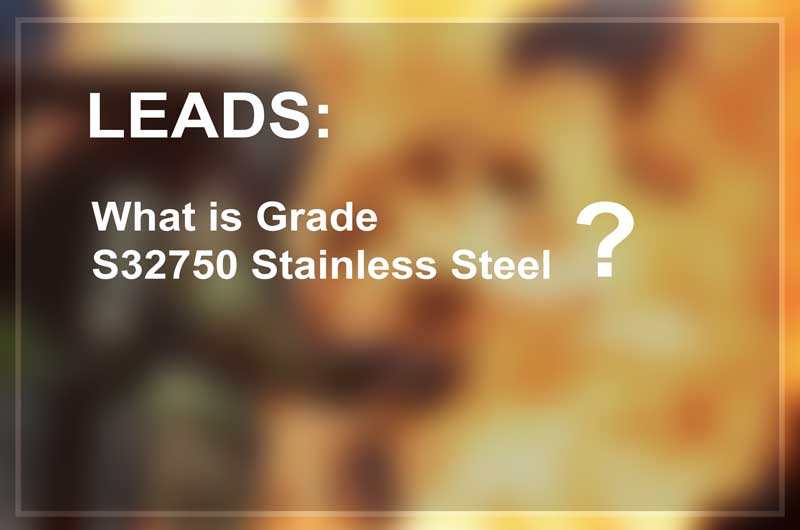Chemical composition and metallographic organization
The basic metallographic structure of super austenite is typically 100% austenite. However, due to the high content of chromium and molybdenum, it is likely that some metal intermediate phases, such as chi and σ phases, will appear. These metallic intermediate phases often appear in the center of the sheet. If done with right heat treatment, these metal can get away from the formation of mesophases, and secure nearly 100% austenite.

Mechanical Properties of Austenitic Stainless Steel
Austenitic structures generally feature moderate strength and high forgeability. Adding a certain amount of nitrogen can enhance its anti-corrosion ability while maintaining the forgeability and toughness of austenitic stainless steel. The high-nitrogen super austenitic stainless steel features high mechanical strength. Compared with ordinary austenitic stainless steel, its yield strength is 50 to 100% higher. The below table compares the effects of nitrogen on mechanical properties at room temperature and higher temperatures.
As is shown in the table, the mechanical strength improves with increasing nitrogen content under both temperatures. Although the strength increases significantly, the elongation of super austenitic stainless steel can still remain high, even higher than the elongation of many low alloy steels. This can be largely ascribed to its high nitrogen content and high work hardening rate. For this, super austenitic parts, after cold-forming, can obtain high strength. Applications of this feature include pipes and bolts in deep wells. Like ordinary austenitic stainless steels, super austenitic stainless steels feature low temperature properties. It also embodies high impact resistance and fracture resistance and will only decrease slightly at temperatures as low as -196 °C.
Physical properties of Austenitic Stainless Steel
The 6-molybdenum super austenitic stainless steel has a higher thermal expansion than the duplex stainless steel 2205, so some deformation may occur at the joint during welding. Although the thermal expansion of nickel-based alloys is generally low, their poor thermal conductivity just offsets this advantage. These physical properties should be taken into account when designing stainless steel parts or stainless steel to join other alloys.
Corrosion resistance
Chromium and molybdenum play the most significant role in improving the stability of stainless steels. The contents of these elements in the super austenitic stainless steel are such high that it exhibits excellent corrosion resistance in various solutions. Stainless steels with higher alloy contents, such as 904L, 254SMo and 654SMo, feature better corrosion resistance than conventional austenitic stainless steels such as 304 and 316 in a large concentration and temperature range.
Contact
CIVMATS produces Super Austenitic stainless steel products, such as pipes & fittings, bars. If you are in demand, please contact us:
- Company: CIVMATS CO., LIMITED
- Phone: 86-519-81809659
- Fax: 86-519-81809959
- Email: sales@civmats.com
- Address: 10th Floor, Xin Cheng Nan Du, Wujin District, Jiangsu, China
- Website: www.civmats.com

